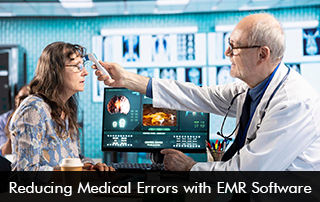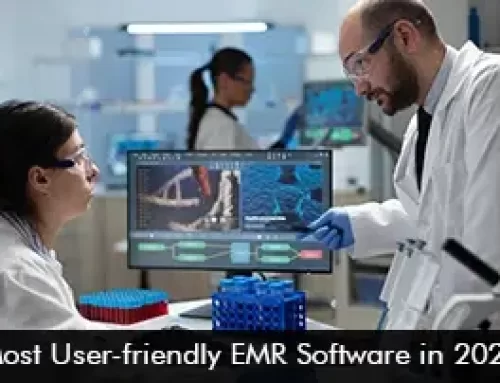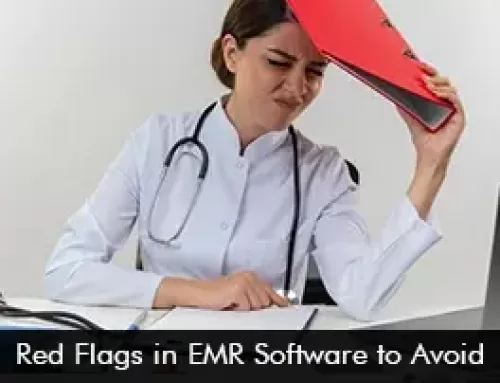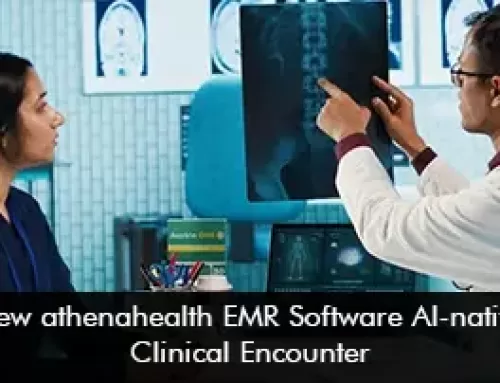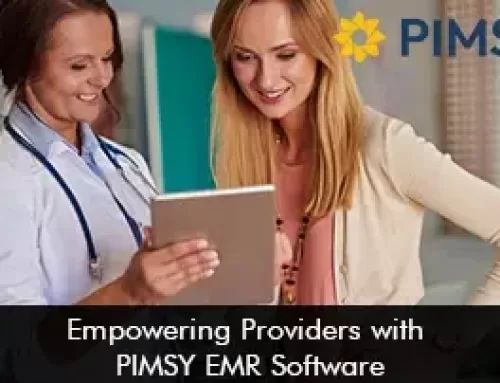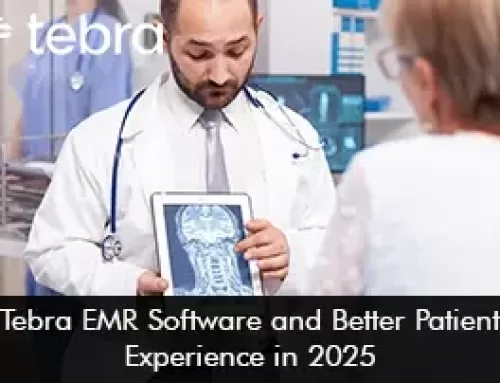Medical mistakes continue to be a big problem in the American healthcare system. The American Medical Association (AMA) reports that these errors lead to thousands of unnecessary deaths each year and add billions of dollars to healthcare costs. Examples of these errors are giving the wrong dose of medicine, incorrect diagnoses, delayed treatment, and mistakes in medical records. Thankfully, Electronic Medical Records (EMR) Software reduces these avoidable errors. It provides tools that improve communication, increase accuracy, and help doctors make better decisions.
Boosting Precision with EMR Software Documentation
A key advantage of EHR software lies in its ability to minimize medical mistakes by utilizing accurate digital records. Illegible handwriting, missing details, and problems with proper filing often plague traditional paper charts.
EMR software overcomes these hurdles by allowing healthcare professionals to enter, retrieve, and modify patient information instantly. Functions like uniform templates, clinical decision support (CDS) tools, and automated alerts help identify discrepancies or mistakes early on, preventing them from affecting patient treatment.
The Centers for Disease Control and Prevention (CDC) notes that implementing EMR Systems results in enhanced documentation, ultimately leading to superior patient outcomes and security.
EHR Software Medication Alerts
Mistakes with medications are some of the most frequent and risky errors in healthcare. That’s why EMR Software includes e-prescribing tools and drug interaction alerts. These features cut down on the dangers of handwriting prescriptions. As soon as a doctor prescribes a medicine, the software jumps in to double-check for any allergies the patient might have, any reasons the drug might not be suitable, and any possible interactions with other medications.
It even helps figure out the right dose based on the patient’s age, weight, or health condition. The AMA drives home the point that these smart alerts are essential for preventing bad reactions to drugs, especially in hectic clinical environments or when patients are taking a lot of different medications. This helps to improve patient safety levels and even boost health outcomes.
Enhancing Patient Care with Team Communication and EMR Software Interoperability
We all know that mix-ups between healthcare providers can lead to serious mistakes. EHR software comes in handy to avoid this, promoting seamless data sharing between everyone involved, from specialists to labs, hospitals, and providers. This creates a well-connected network, ensuring each caregiver has the same accurate, up-to-date details on a patient. The CDC even points out that using EMR Software to streamline coordination leads to fewer unnecessary procedures, smoother care transitions, and less room for errors when patients move between different parts of the healthcare system.


